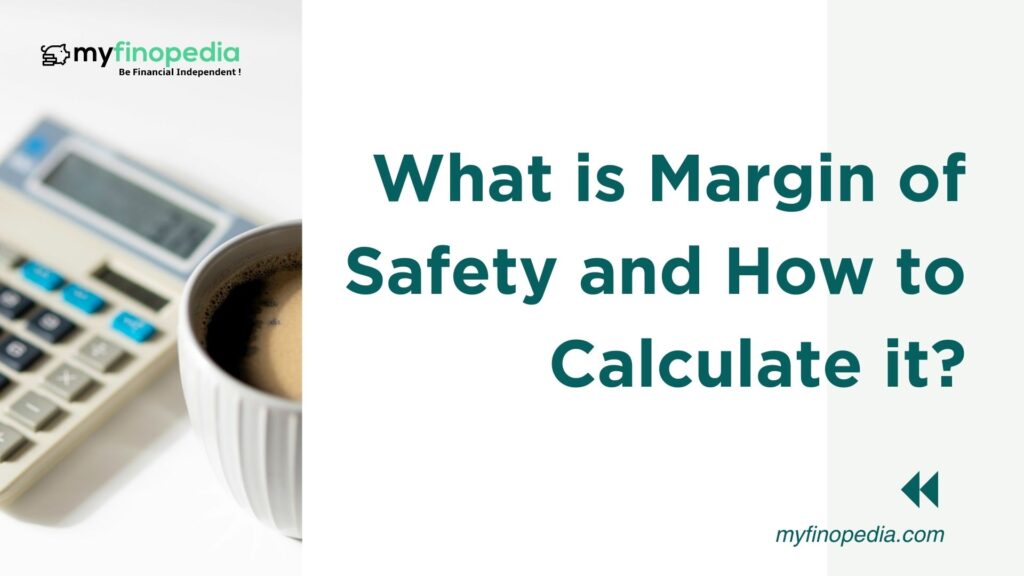The margin of safety (MOS) is an accounting concept that measures the variation between real or predicted sales and break-even sales volume. It determines how much sales can fall before a company hits its break-even threshold measurement, past when it will make a financial loss. This notion is critical for firms to evaluate their risk levels and make sound decisions regarding operations and investments.
Break-even sales are the sales levels at which a company does not profit or lose money. At this moment, overall sales are precisely equivalent to the sum of expenditures, indicating that the company has met all its variable and fixed costs.
Projected sales are sales estimates or forecasts for a future timeframe based on market research, historical data, and business strategies. These estimates assist organisations in planning for future operations, creating budgets, and making strategic decisions.
You may determine the margin of safety using either units or sales revenue. The formula is straightforward.
Suppose a company has actual sales of ₹50,00,000 and a break-even point at ₹40,00,000. The margin of safety in rupees is:
Margin of Safety= ₹50,00,000−₹40,00,000=₹10,00,000
As a percentage, it is:
Margin of Safety= (₹10,00,000/ ₹50,00,000) × 100= 20%
This means sales can drop by ₹10,00,000 or 20% before the company hits the break-even point. A higher margin of safety indicates a lower risk of incurring losses, providing a cushion against sales fluctuations. Understanding MOS helps businesses manage risk, make strategic decisions, and ensure financial stability.
Ularslot slot gacor 2024 agen bola





